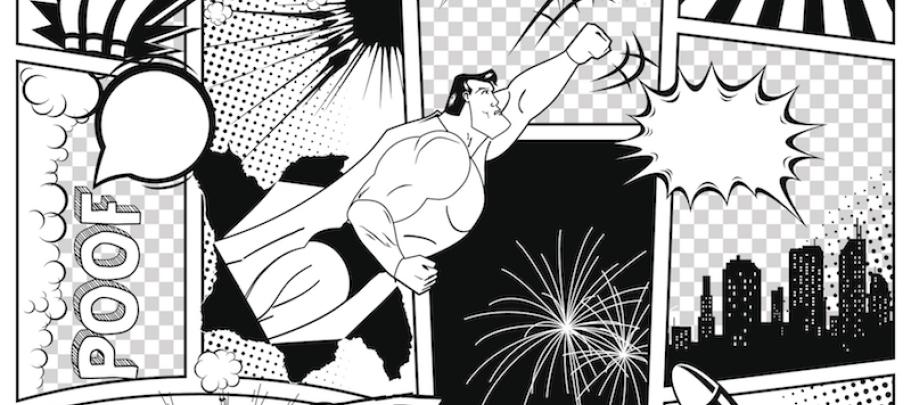
This is how much of a nerd I am: I dream about communication. And one of my recurring dreams goes like this:
I am sitting at my kitchen table reading the newspaper. And someone (I’m not sure who) says, “Close your eyes.”
I protest. “But I can’t read the newspaper with my eyes closed!”
The mysterious someone replies, “Here’s the comics page. You’ll be fine.”
With my eyes shut, I start “reading.” And it works! I find Blondie at the upper left, where Dagwood is having lunch at the usual place. Down at the bottom right, Mary Worth is interfering in someone’s love life. Charlie Brown’s baseball team is starting another pathetic season. The older couple in Pickles is bickering again.
This is where the communication consultant in me kicks in. What makes comic strips so easy to read, that (at least in my dream) I don’t even have to see them to enjoy them? I realize:
- The comics page is laid out in a predictable way. In my newspaper, Ziggy is at the top next to The Family Circus.
- Also predictable is the way each comic is structured. Most weekday comics have three or four frames, with a defined story line in three acts: Act 1 sets the context. Act 2 is where characters attempt to do something and encounter conflict. And Act 3 is the resolution (and the punch line).
- A comic strip is about characters involved in a story. Story is the most compelling form of communication.
- Comics pack a strong visual punch. Once I’ve seen Snoopy a couple of times (or in my case, many thousands of times), I can easily picture him.
When I finish my analysis, I open my eyes and wake up. And realize, of course, that it was all a dream. Or was it?




